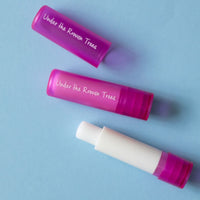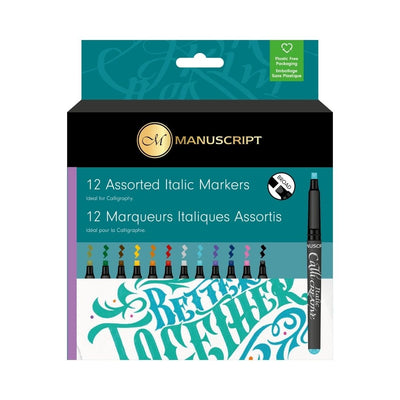What is Acrylic paint?
Acrylic paint is a thick fast-drying paint made of pigment. These paints are water-soluble but become water-resistant when dry. Depending on how much water you use to dilute your acrylic paint, your painting can resemble watercolour, or modified with acrylic gel can resemble oil paint. Acrylic paint can go on any surface making it really easy to use as it requires no pre-paint preparation. Acrylic paint is lightfast meaning it won’t fade over time. It is the best medium to use when you are wanting to layer your paint or apply thick layers as it dries extremely quickly. If your acrylic paint is looking slightly translucent; you can layer on top of it to create a thicker, opaque finish.
India's top tips:
- Be aware that when you first apply paint to your canvas or paper it will look a slightly paler colour when wet. Do not worry. As soon as your paint dries, it will become a darker shade. Take this into consideration when you are mixing your colours, it will always dry slightly darker than when you first apply it.
- Start with your mid-tones first then go in with your darker tones for shadows. Wait till mid-tones and shadows have fully dried then apply your highlights. I find it crucial to wait for the darker shades to dry before applying highlights. This will stop your darks from mixing with your lights which can often create a murky dull colour.
- I always prefer sketching out my design on my paper or canvas before I start applying the paint. This helps you with accuracy and colour placement.
- When creating backgrounds for your Acrylic paintings, I would always colour the background first. If you are wanting a lighter more airy background I would use some water to thin down your paint to give a softer look. It’s best to do your background first so that you don’t accidentally make a mistake and go over your main design.
- Keep your brushes clean. Acrylic is a very fast drying medium, keep water near you when painting to rinse your brushes. If the acrylic dries on your brush it will be permanently damaged.
- Wear old clothes or an apron and protect your work surfaces. Acrylic paint has a plastic base called “Acrylic polymer emulsion” so won’t come out of fabrics and surfaces.
Getting Ideas & Inspiration:
The most challenging thing about painting is actually getting your idea out onto paper. I love using Pinterest and Instagram to get inspiration from other artists to help me get a true sense of where I'm going with a particular piece. Exposing your mind to creativity and diving deep into the world of Pinterest art may seem daunting so I have put together an inspiration board to give you some great beginner painting ideas. Click here to get some inspiration
Local North East Artists I Love:
Carole Cassap: Click here to see their work on Instagram
Pam Morton: Click here to see their work on Instagram
Peter Davidson (Deetz): Click here to see their work on Facebook
Angela Read: Click here to see their work on Facebook
Here is a Youtube channel that posts a lot of beginners tutorials that I think are really fun and helpful: Click here to go to Youtube India has put together a fantastic set ideal for complete beginners and those with some experience.
[product=beginner-acrylic-painting-set]
Tag us in your artworks on social media so we can enjoy your creations! Our Instagram















